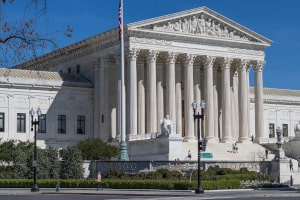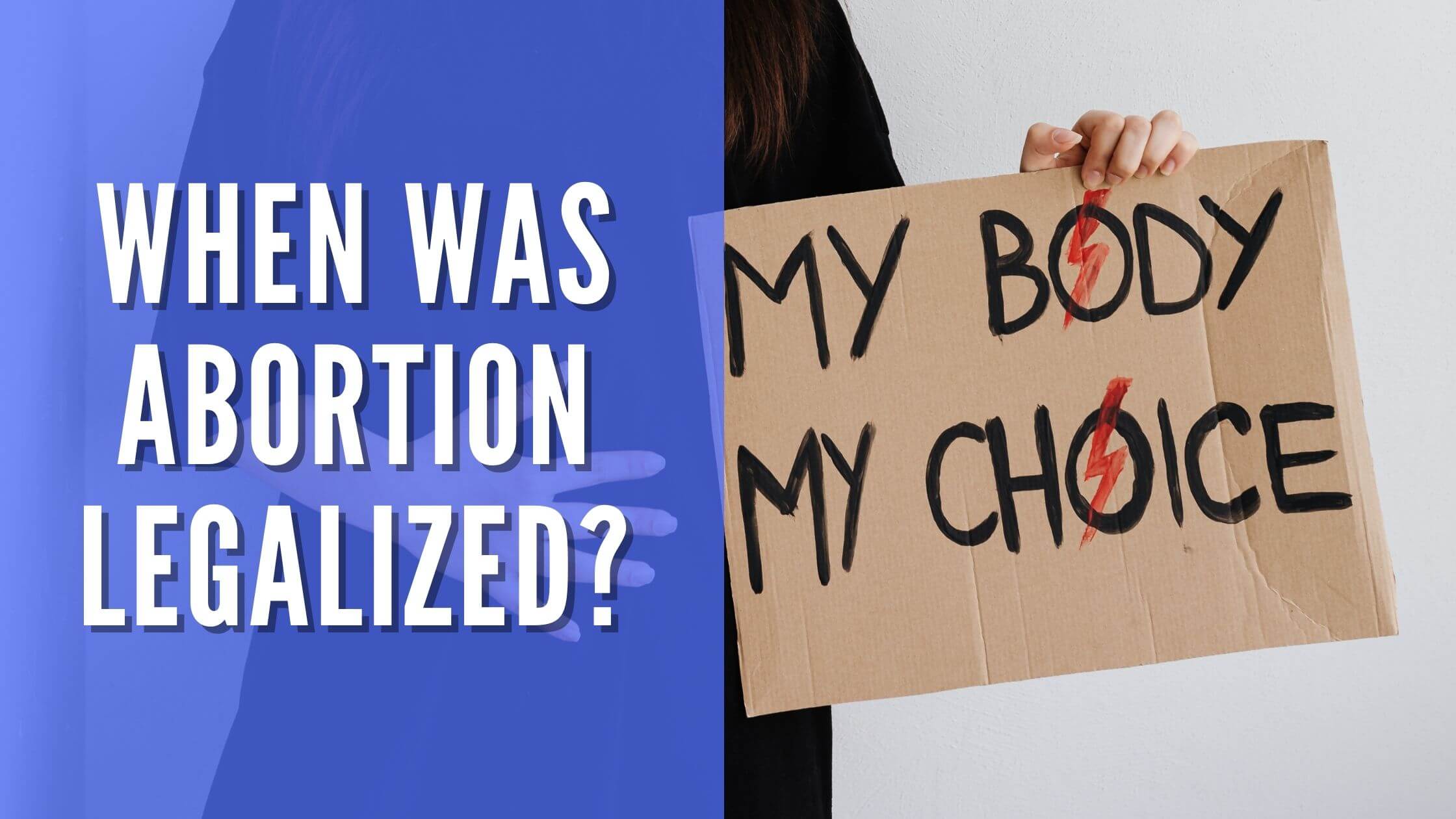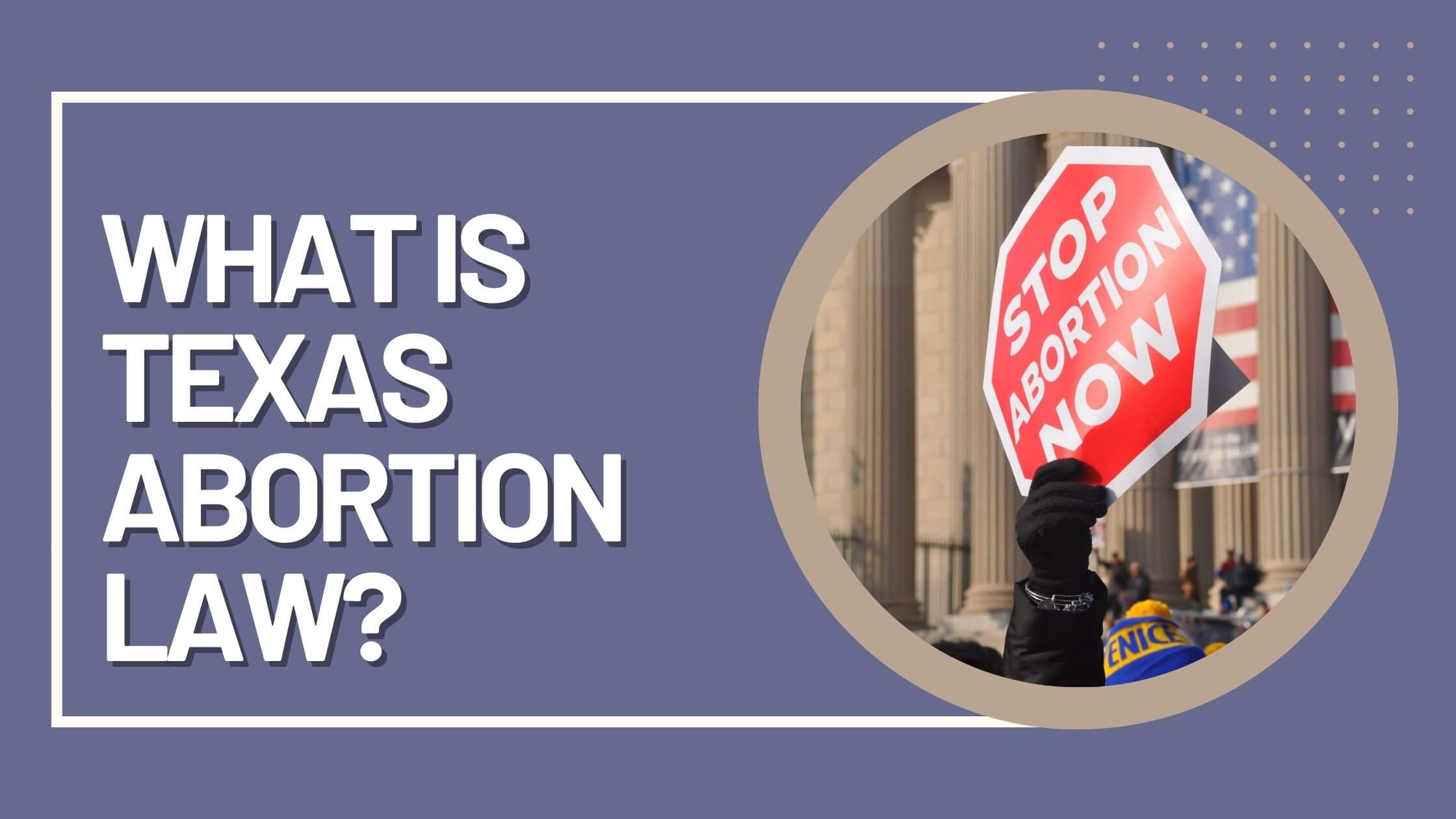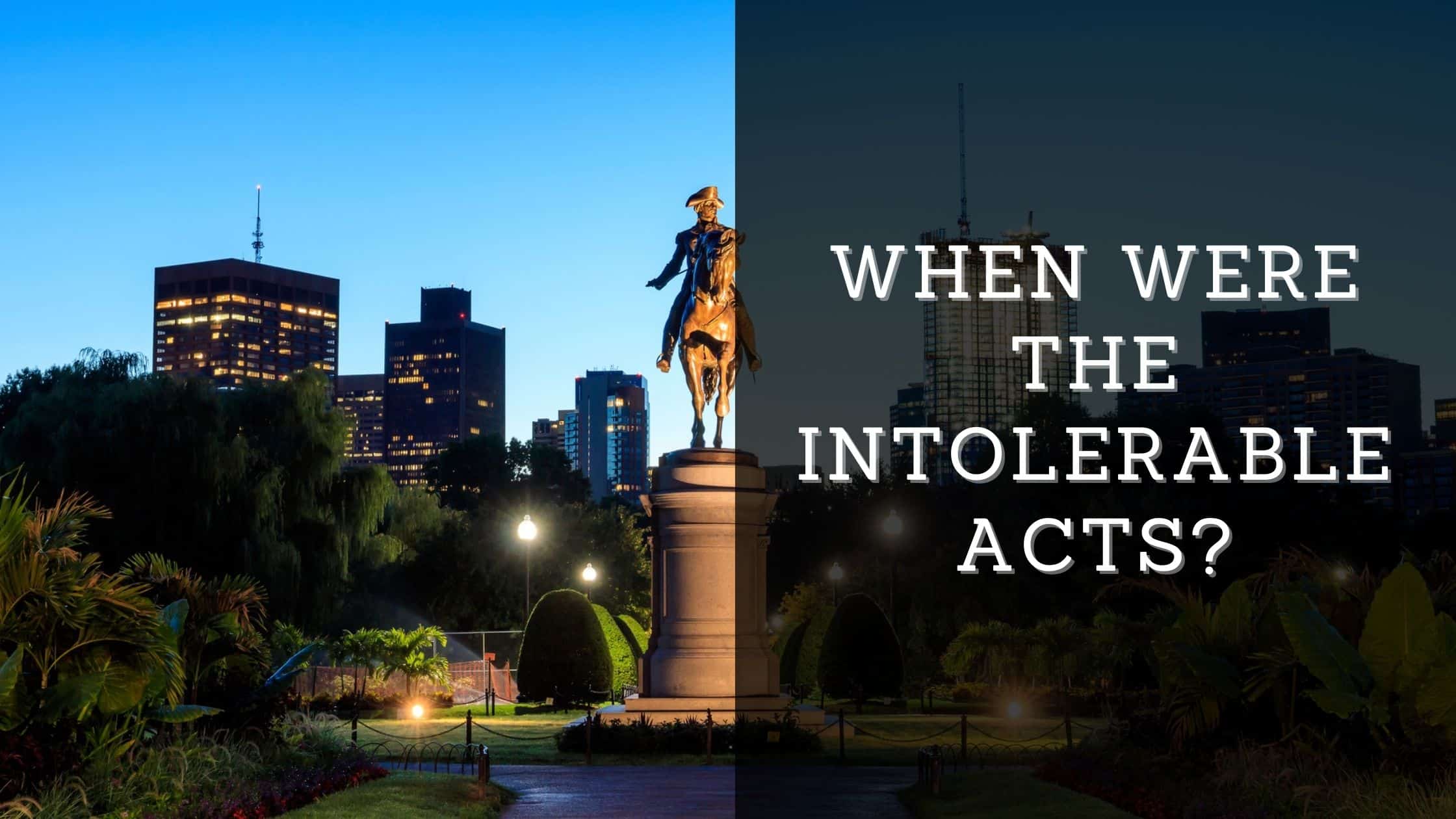Table of Contents
ToggleThe issues of abortion and reproductive rights are some of the most controversial in America right now. Pro-life and pro-choice advocates clash over a woman’s right to choose and the right of an unborn fetus to live. Everyone has an opinion, but what does the law say about abortion rights?
When was abortion legalized?
Laws on abortion are complex, as each state has its own regulations regarding the terms of the termination, access to treatment, and other aspects of the experience. The United States Supreme Court ruled that termination in the early stages for a pregnant woman was legal, protecting the woman’s right to choose, back in 1973. Today, there are concerns that legalized abortion will be overturned.
A Woman’s Right Over Her Body
The basis of the argument in favor of abortion laws often lies with the woman’s right to choose what happens to her own body. This ties in with the right to access contraception to minimize the risk of unwanted pregnancy and other family planning services.

A pioneer for women’s rights in contraception and a vocal feminist was Margaret Sanger, who established organizations that evolved into Planned Parenthood. She set up an illegal clinic in Brooklyn in 1916 during a time of strict anti-contraception laws and was taken to court. The case then went to the court of appeal two years later, seeing Sanger emerge victorious. The resulting verdict saw doctors gain the right to provide advice on contraception to married patients.
Of course, this law was still highly limiting as it only applied to women in marriages who perhaps didn’t want any more children. There was no support for unmarried women who fell pregnant. This would come much later. In 1974, the Supreme Court ruled in favor of the right to privacy of an unmarried person to contraceptives. This meant that any woman or couple was free to pursue the means of contraception they wanted to prevent pregnancy, regardless of their marital status.
The Legalization of Abortion in the United States
In 1973, the case of Roe v Wade saw the Supreme Court rule in favor of the right to legal abortion. This means that the process of ending a pregnancy in the first trimester is now legal, and women can seek help in these situations. Since then, the law has adapted with additional rulings on abortion rights to shift the focus to the fetus’s viability if it were to be delivered prematurely.

However, there have also been cases that impede access and rights to legal abortion. In 1989, the case of Webster v. Reproductive Health Services saw the Supreme Court rule that states could deny public funding for abortion care and prohibit public hospitals from performing abortions. In 2006, it upheld the ban on partial-birth procedures.
State Abortion Laws Before Legalization via Roe v. Wade
Before this new ruling, state laws held different views on abortion legalization. The majority of states chose an abortion ban to make it illegal outright. Others allowed for exceptional circumstances, such as danger to the mother’s health, cases of rape, an unviable fetus, or all of the above. Then there was a small handful that made it legal on request.
State Laws After Roe v Wade
One of the key factors in the ruling of Roe v Wade is that while abortion is legal, it is down to the states to determine the restrictions in place. The main concern in many states is the issue of late-term abortions, and there is great debate over what point in the pregnancy is too late. This accounts for the wide range of abortion restrictions across the 50 states.

There are a few places where there are no abortion restrictions at all, and others where the time limit is slim. Texas, for example, made it illegal after six weeks, whereas neighboring states to the east allow up to 22 weeks.
An interesting detail here with the laws before and after the Supreme Court ruling is that they don’t always match up. California, for example, switched focus from legalized abortion for a range of cases to the viability of the fetus rather than its age. It is a similar story in Alaska, which went from legal abortion on request to maintaining no restrictions. However, others went from a full abortion ban to basing the decision on viability or having no restrictions at all.
Women Still Face a Range of Restrictions
Outside of the issue of the age of the fetus, there are additional issues of access to abortion clinics and proper care. A common concern is the mandatory waiting period, as many states require a period of 24 hours between counseling and abortion, prolonging the experience for those traveling to a suitable clinic. From there, some states require mandatory counseling and ultrasound images. There is also the issue of parental consent for some teenagers.

Get Smarter on US News, History, and the Constitution
Join the thousands of fellow patriots who rely on our 5-minute newsletter to stay informed on the key events and trends that shaped our nation's past and continue to shape its present.
The Future of Abortion Laws in the United States
On May 3rd, 2022, a document leaked that suggested that the Supreme Court was considering overturning the Roe v Wade ruling. If this were to happen, the current guidance on the legalization of abortions for unviable fetuses would be thrown out. From there, states would be free to go back to their old laws and make abortion completely illegal once again. It is believed that legislatures in 22 states would consider a full ban or stronger restrictions.
It will be months before we know whether this ruling will pass or not. Right now, there are strong voices on both sides of the debate. Those who consider themselves pro-life, including many in the Republican Party, welcome the change because they feel that all legalized abortion should be revoked. Those who are pro-choice, which includes many in the Democratic Party, fear that this will be a catastrophe for the physical and mental health of women and that abortion access is a fundamental human right.
Those seeking abortion services will surely face more stress and hurdles trying to gain abortion access, as they may need to travel out of state and pay a lot more money. There is also the fear that illegal abortion clinics with dangerous practices could appear again. Whatever the ruling, this is a debate that is unlikely to go away any time soon.











